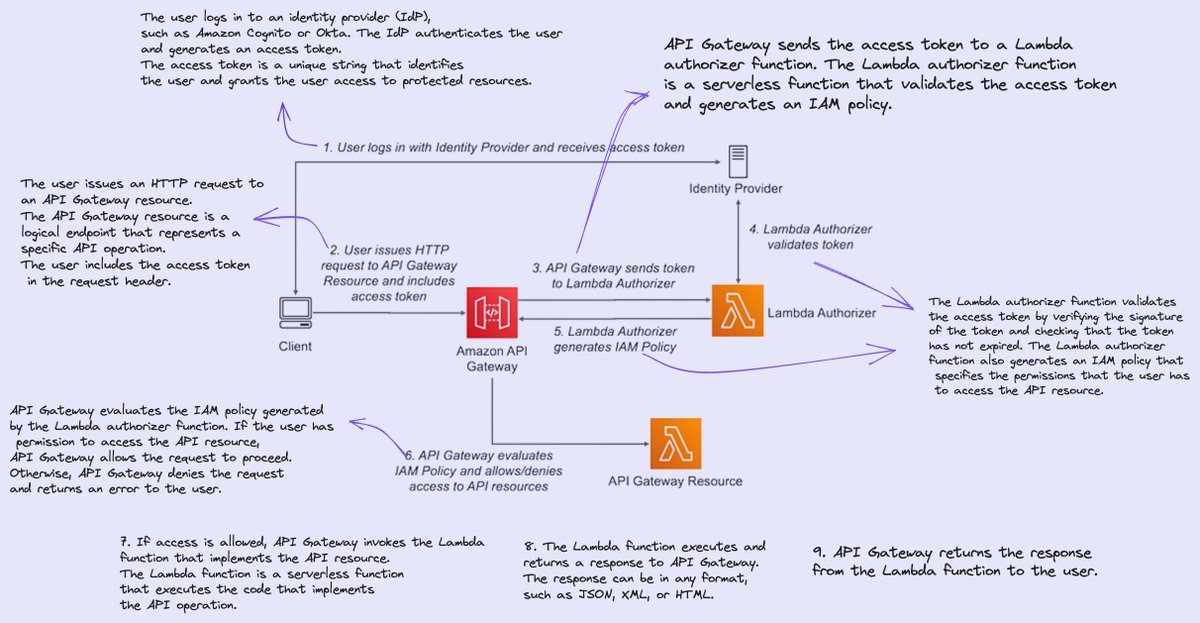Serverless API in a nutshell.
 Ian Carson
Ian CarsonServerless API is an application programming interface(API) that is built and hosted without the need for traditional server management. Instead, it relies on cloud-based Functions, or Azure functions, to handle the execution of code in response to API requests. This approach offers several benefits such as automatic scaling, cost optimization, and reduced infrastructure management.
Below are the key components of a Serverless API:
API gateway.
This component acts as the entry point of the API, managing the routing of incoming requests to the appropriate Serverless functions. Popular options include Amazon API gateway, Google Cloud endpoints, and Azure API management.
Serverless Functions.
The core logic of the Serverless API is implemented as Functions, which are small, stateless pieces of code that run in response to API requests. In the context of Serverless, AWS Lambda, Google Cloud Functions, and Azure Functions are commonly used to deploy these Functions.
Data Storage.
To store and retrieve data, cloud-based databases like Amazon DynamoDB, Google Cloud Firestore, or Azure Cosmos DB. These databases offer scalable and Serverless data storage options.
Authorization and Authentication.
Authorization and Authentication mechanism needs to be installed and managed for the security of the APIs. Using services such as Amazon Cognito, Firebase authentication, or Azure Active Directory for user management and access control.
Monitoring and Logging.
Ensure that monitoring and logging are in place to track the performance and health of the API. Tools like Amazon Cloudwatch, Google Cloud Monitoring, and Azure monitoring are valuable for this purpose.
Third-party services.
APIs may need to be integrated with third-party services or APIs. Serverless allows you to achieve this easily by making HTTP requests or Using SDKs provided by the Cloud provider.
Steps to creating Serverless API.
- Defining the API.
The API endpoints, methods, and data models that the API will expose need to be defined and documented to make it easier for the users and the developers to use.
- Select a Cloud Provider.
Choose a cloud provider that offers Serverless services, such as AWS, Google Cloud, or Azure. One might have to create one if it doesn't exist.
- Implement the Serverless Functions.
Write the code for the Serverless Functions. The code should be able to handle incoming requests, process data, and interact with data storage as needed.
- Set up API gateway.
Configure the chosen API gateway to define Routes and methods for the API. The gateway should then be linked to the Serverless Functions.
- Data Storage.
The chosen data storage solution should be configured with tables or Collections, and data models defined. The data storage should then be integrated into the Serverless Functions as deemed necessary.
- Authentication and Authorization.
Configure user authentication and authorization based on the requirements. This ensures that only authorized users can access the API.
- Testing and Debugging.
The API should be thoroughly tested to identify and fix any issues. The debugging and logging tools provided by the cloud provider should be used.
- Monitoring and Scaling.
Set up monitoring and scaling to track the performance and the Usage of the API. Auto-scaling should be configured to handle increasing traffic and demands automatically.
- Security.
Best security practices should be implemented, such as securing the API keys, and using Encryption for data in transit and at rest.
- Documentation.
Comprehensive documentation should be created for the API, including Usage instructions, endpoints, requests/responses examples, and error handling details.
- Deployment.
Deploy the API to a production environment, making it accessible to users or applications.
- Maintenance.
Regularly monitor and maintain the Serverless API, applying the updates and improvements as needed.
Best practices for Serverless APIs.
Keep functions small and focused on a single task.
Use environment variables for configuration to separate secrets from code.
Employing caching for frequently requested data.
Implement rate limiting and throttling to prevent abuse.
Use versioning for the APIs to maintain backward compatibility.
Regularly review and optimize costs, as Serverless services are billed based on usage.
That is it for today. Thank you for your time and see you in the next one.
Special credits to @ainasanghi on X(Formerly Twitter).
Subscribe to my newsletter
Read articles from Ian Carson directly inside your inbox. Subscribe to the newsletter, and don't miss out.
Written by

Ian Carson
Ian Carson
A Disciplined, keen on details, and curious problem solver. I read and code a lot. I believe in Teamwork, Accountability, Transparency, and Competency.
